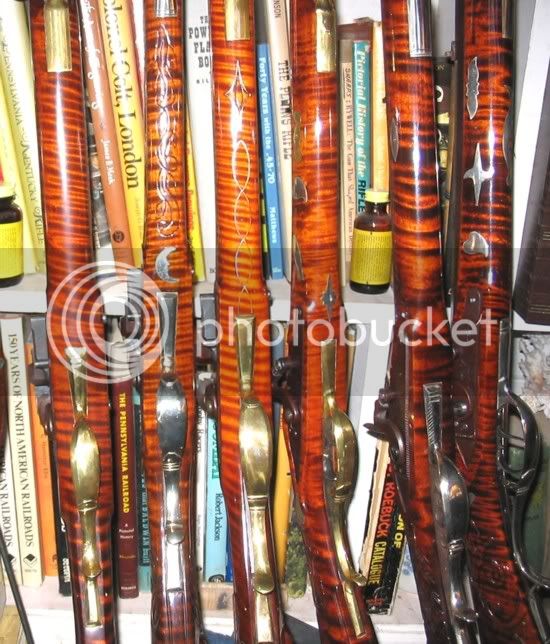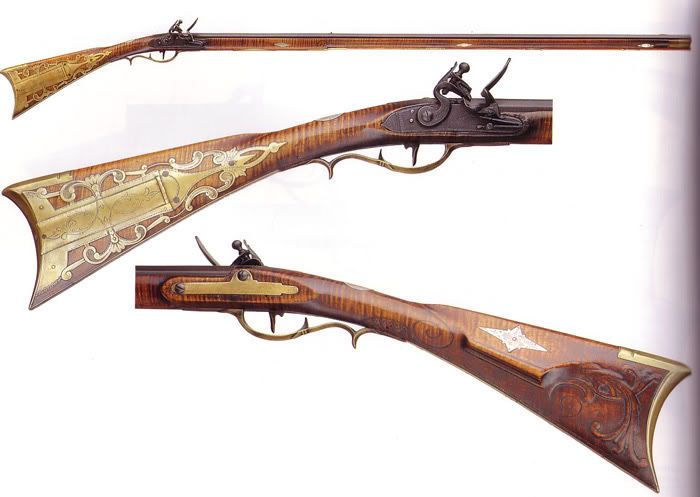I was just looking at a custom - semicustom rifle site and every one of their stocks say "very dark color".
Is this tradition in they didn't use light colors 200 years ago? Is it to make stock flaws less noticable? Is the grain questionable and it disguises it?
As you might guess, I generally prefer light to mid-range colors. Generally.
Is this tradition in they didn't use light colors 200 years ago? Is it to make stock flaws less noticable? Is the grain questionable and it disguises it?
As you might guess, I generally prefer light to mid-range colors. Generally.







